SOFTWARE
Here is a selection of graphic applications I enjoyed using on my Ataris and PCs back in the day. This is just a small sample, not an exhaustive list.
Friendly notice! This page has got a lot of balls!
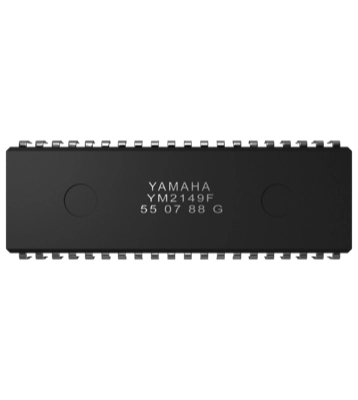
GFA Raytrace




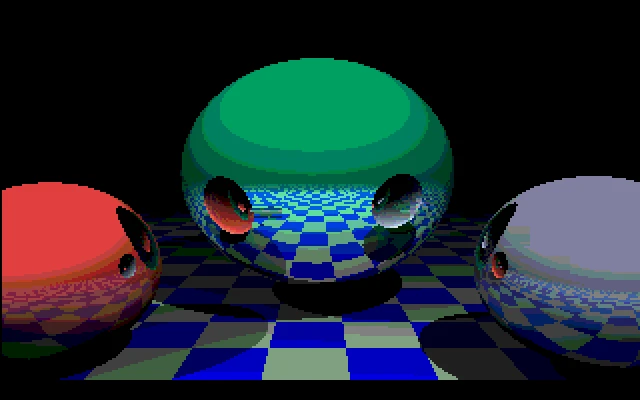


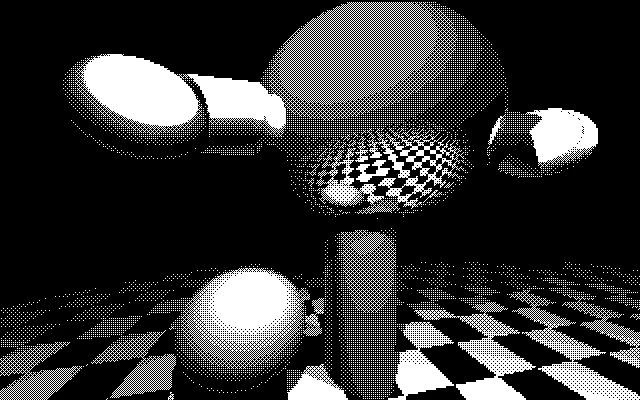
In 1988, GFA Raytrace was pretty impressive for its time, especially with its special 512-color mode and dual resolution on a standard Atari ST. Although it may not seem significant by today's standards, it was quite a feat back then. This is a cool program but with some shortcomings. Unfortunately, the full-color internal raw images (as far as I know, images are raytraced in full color) can't be exported before being automatically reduced, restricting users to the 512-color format. Animations are exported as one big file, It would be beneficial to be able export animations as individual frames and utilize more than just the 10 frames of animation available.

Pearl

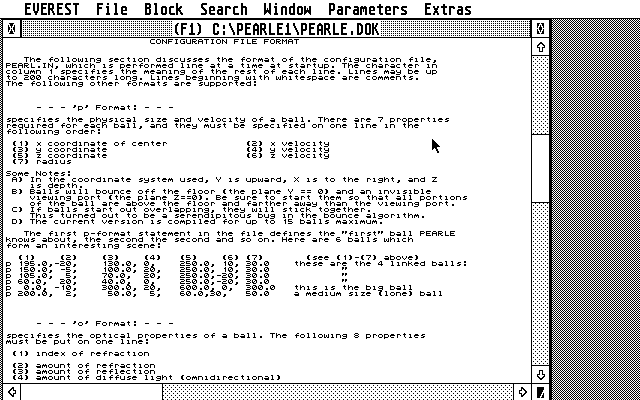
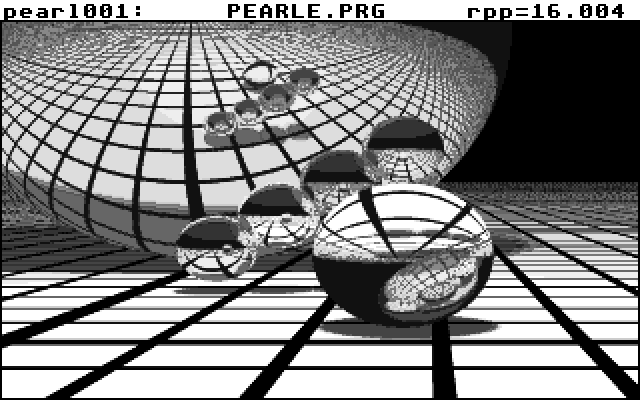



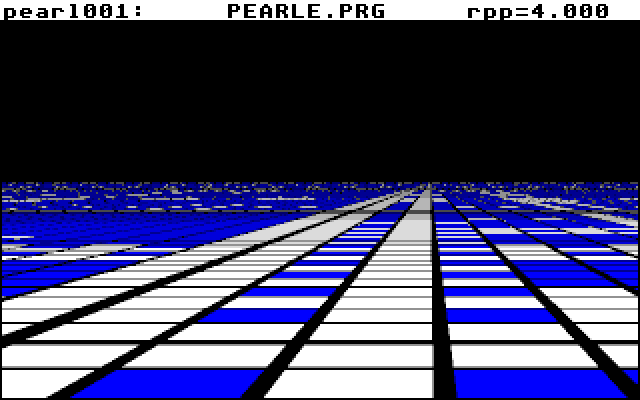

Pearl by Allen King is an intriguing program. Despite being restricted to raytrace only a floor and a collection of spheres (pearls) in 16 color low res, the end result is quite impressive as it can also compute basic dynamics. I didn't use it frequently in the past due to its lengthy render times, taking around 6 hours per frame for good quality. The lack of a graphical user interface, relying instead on a config file, also made it a bit challenging to use. However, running it now many years later under Steem emulation at "fast forward" speed is quite entertaining.

POV-Rray


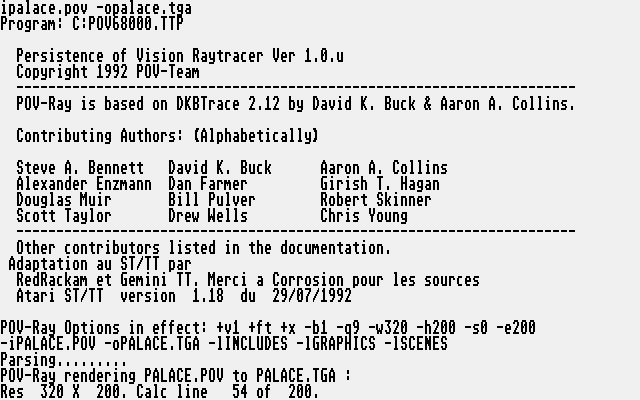
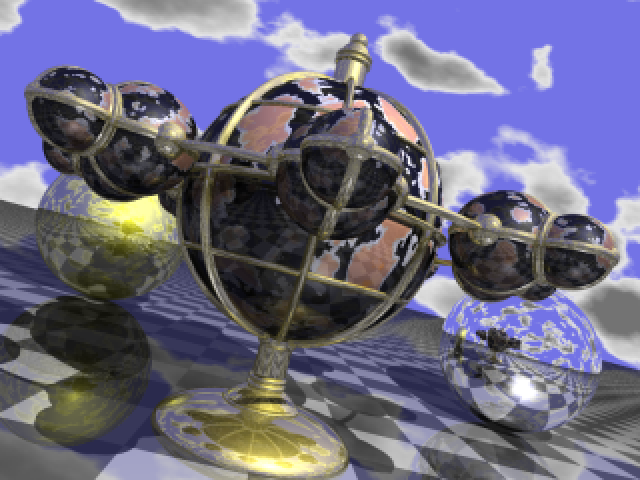
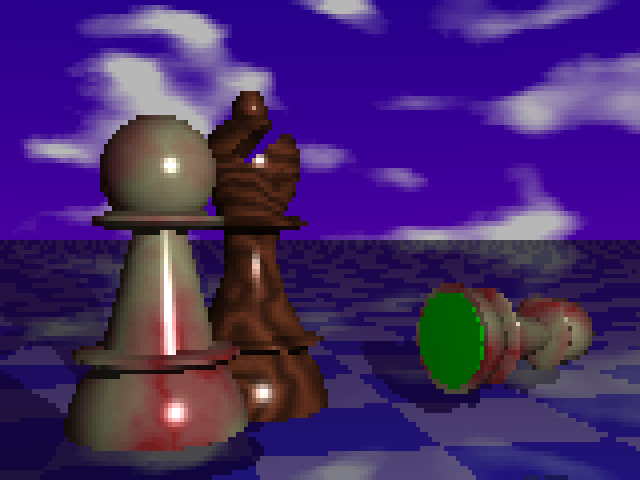
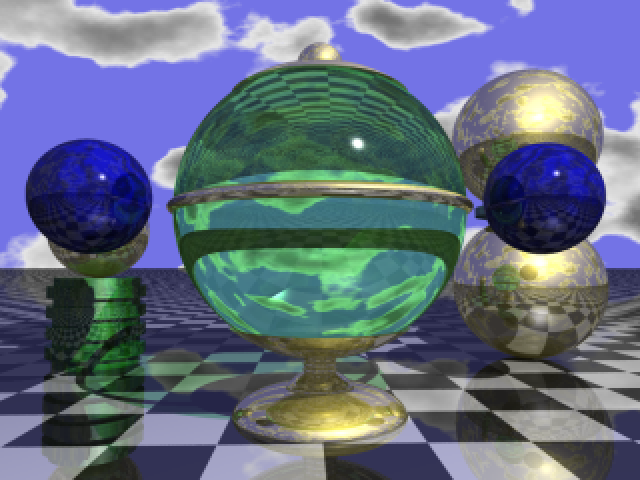
POV-Ray, the Persistence of Vision Raytracer, is an exceptionally powerful ray tracer. I dedicated countless hours experimenting with it, followed by even more hours waiting for the renders to finish. Unlike many other 3D tools, POV-Ray doesn't use a modeler; instead, it uses a scripting language to describe scenes. Creating the chess pieces image seen above likely took me days to design and render, even at a 160x100 pixel resolution. POV-Ray produced true color Targa images, even on a modest Atari ST. To view these images, a friends PC or on ST an advanced viewer like Douglas Little's PhotoChrome was necessary. You can check out additional POV-Ray animations in this gallery. Today, POV-Ray continues to be actively developed and has been ported to a variety of platforms.

NEOchrome


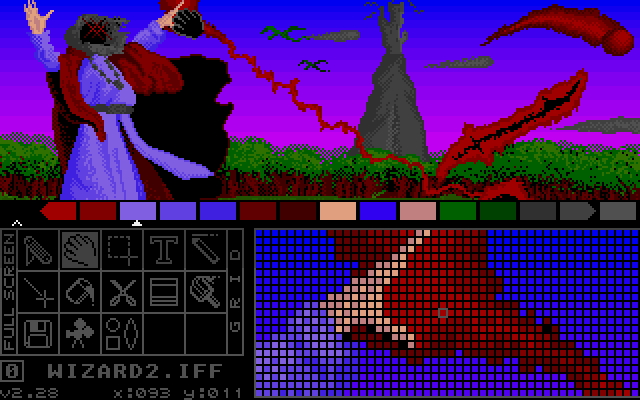



NEOchrome by Dave Staugas, launched in 1985, was my favorite pixel painter on the Atari ST. I especially liked that it used a very snappy non GEM interface. In the early 90s, the demo crew Delta Force released the unofficial NEOchrome Master, an updated and enhanced version. This version includes many new features, such as support for the STE's color palette and blitter, multiple work screens, rasters, realtime zoom and animation capabilities.

Degas





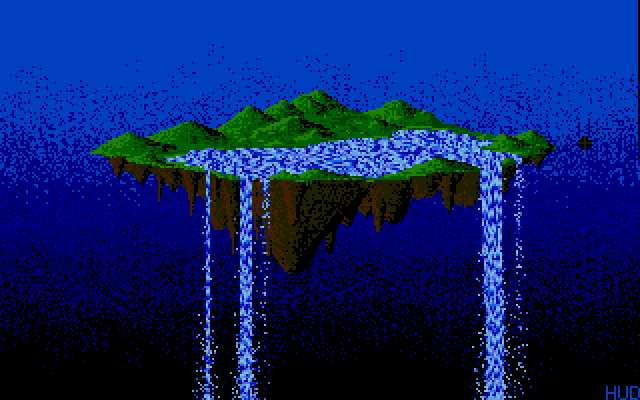
Degas by Tom Hudson was among the earliest paint programs launched for the Atari ST. It offers a comprehensive set of tools and can operate in all three ST resolutions, making it highly versatile. Despite being a very good paint program, I personally favored NEOchrome over Degas and I never liked the GEM interface. In 1986, the enhanced Degas Elite was introduced, featuring support for multiple work screens, palette cycling, GDOS integration, and additional drawing tools. Following the creation of Degas, Hudson advanced to develop the excellent CAD-3D for the ST.

Volume



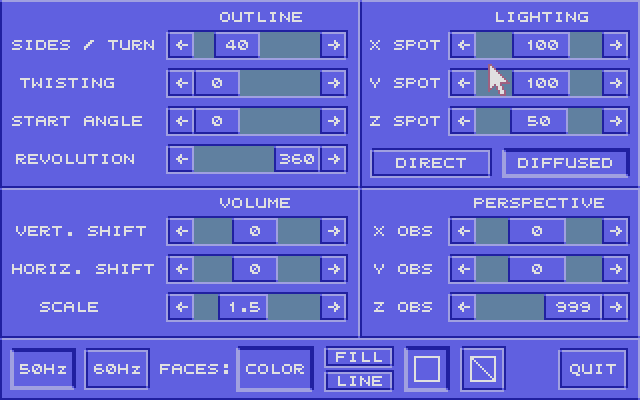


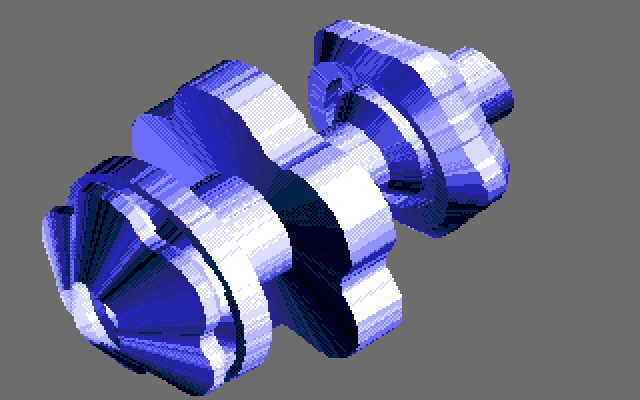

Volume by Xavier Lambrecht is a pretty impressive 3D rendering program, though it is limited to creating one type of object, an extrusion along a spline. The concept is straightforward: first, draw a spline, then select from the included outlines or create your own. You can choose multiple outlines for a single object. Finally, hit render with the ”Do Volume” option. Rendering is in low resolution with 16 colors, featuring some form of reflection mapping. Volume also offers animation capabilities, although the number of frames seems to be limited to 24 (what fits on a 3.5-inch floppy) even if a hard drive is used.

Cyber Paint
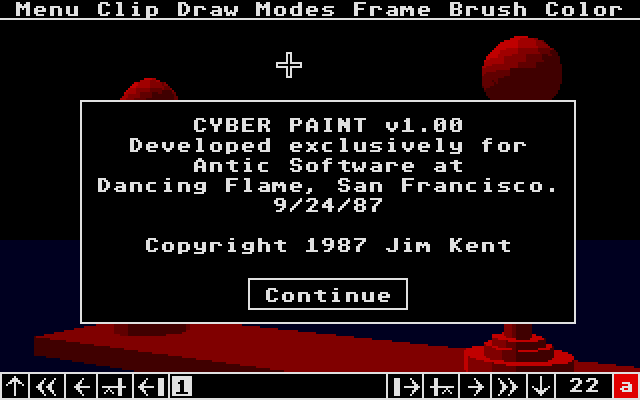

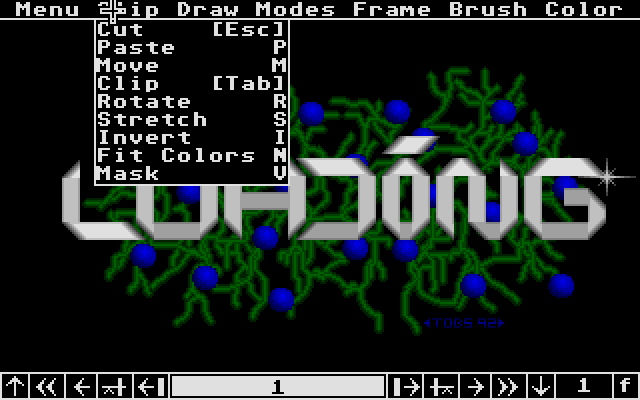

Released in 1987 by Antic Software, Cyber Paint was coded by Jim Kent, the same talent behind Aegis Animator for the Amiga. This exceptional pixel painting software offers a comprehensive suite of tools, surpassing standard expectations with additional features. Notably, Cyber Paint can load, edit, and create animations using motion tweening. Delta compression is used to keep the size of the animations down. I often turned to Cyber Paint for features unavailable in NEOchrome Master.

Thrax’s Animation Tool




Thrax's Animation Tool is a handy program that generates Delta-packed animations from sequences of still images. Although it operates in ST low-resolution with 16 colors, I found it highly useful for previewing lengthy animations from NeoN that wouldn't fit into the 4MB RAM of my Falcon. Although the frames first had to be converted from truecolor to 16 colors, it was still nice to be able to watch longer animations play in real time.

NeoN Grafix
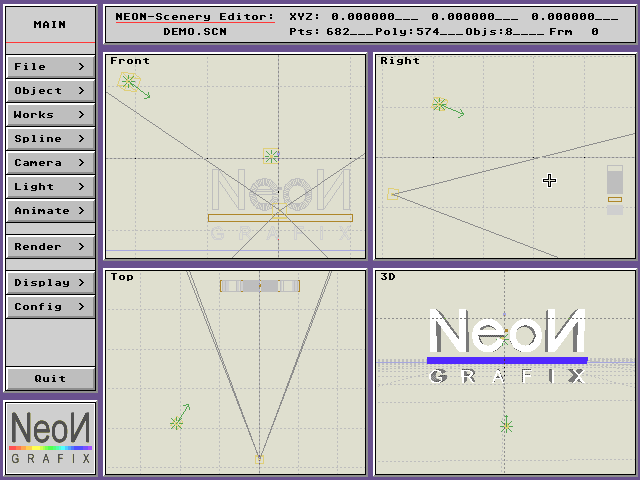




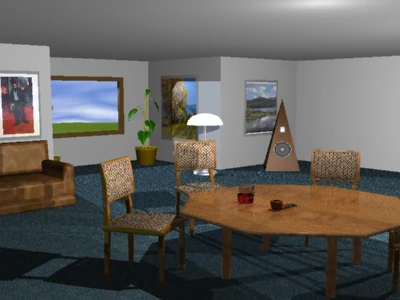
In 1994, I bought NeoN for my Atari Falcon after being amazed by 3D Studio on a friend's 386 PC. Even though the manual was entirely in German, NeoN was intuitive and simple to get to grips with. I used NeoN extensively for quite a while. NeoN offered a comprehensive suite of features, including an excellent object, scene, and material editor, along with a great renderer which supported both Raytrace and Z-Buffer modes, with particularly fast performance in Z-Buffer mode. However, as scenes became more complex and rendering times began to increase, I transitioned to a PC 486 DX2 and started using 3D Studio R3.

Rainbow II Multimedia


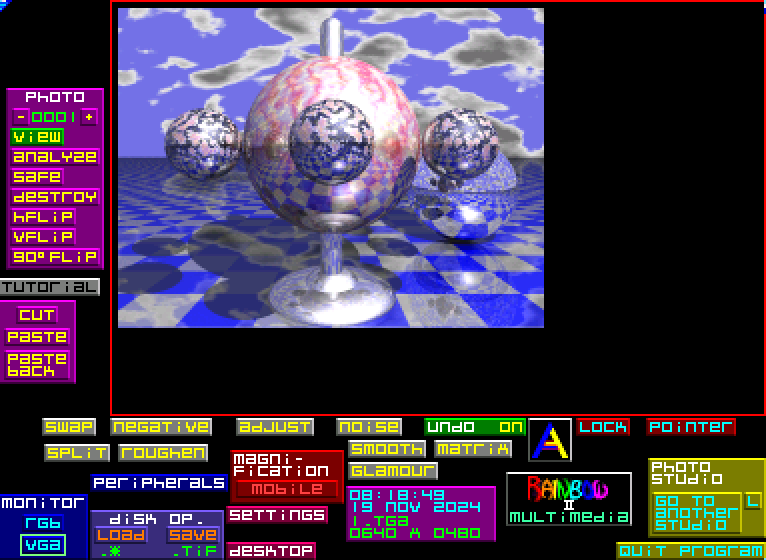
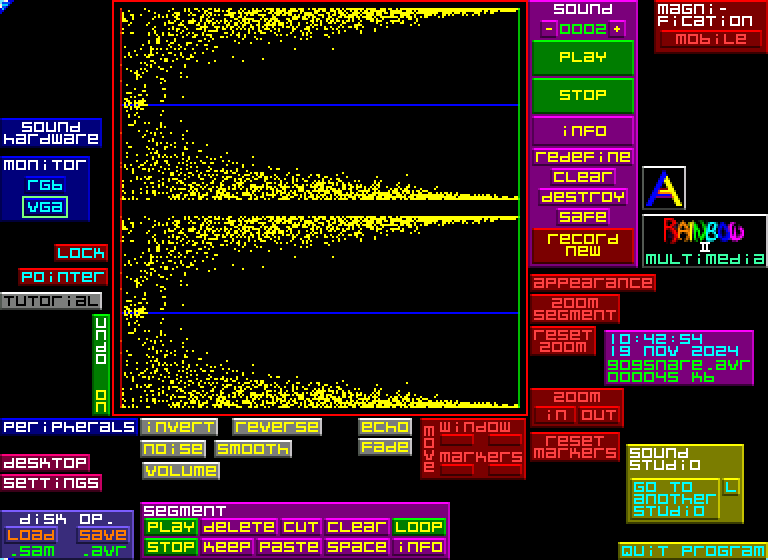

Rainbow II is a multimedia package for the Atari Falcon, released in 1995 by Swedish Addiction Software. Operating exclusively in true color mode, it features four distinct ”studios” that users can seamlessly switch between. The Paint Studio offers sophisticated tools that mimic real-world mediums like oil and watercolor, along with a good airbrush and smear tool, and all the standard features found in most art programs. The Photo Studio allows for picture manipulation using a variety of tools. Meanwhile, the Sound Studio serves as a sample editor, though I didn’t utilize it much, similar to the Sprite Studio. Rainbow II is a robust and powerful tool, though I initially struggled with the GUI, as not all elements fit on the screen, requiring scrolling to access everything, which was somewhat inconvenient. Additionally, it includes a fifth ”studio,” a game that is a kind of Minesweeper clone.

Apex Media
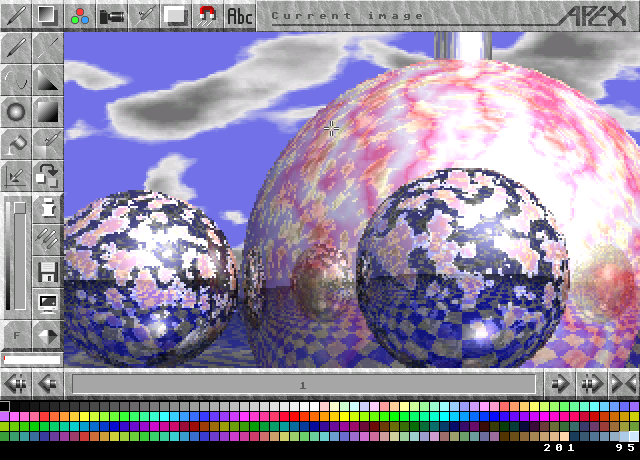
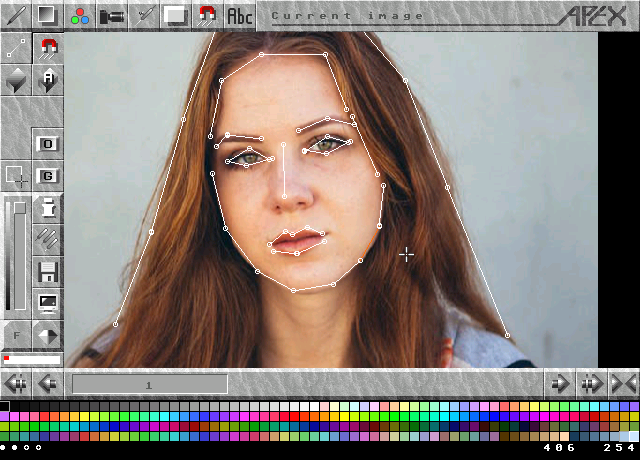

Apex Media for the Falcon, authored by Douglas Little (DML) and released by Black Scorpion Software in 1994, is a good pixel painting tool. Beyond that, it offers capabilities like video capture and processing from digitizers, morphing, animation, and much more. Unfortunately, I bought this program later in my Falcon's lifespan, so I didn't have the chance to utilize it that much.

3D Studio R3
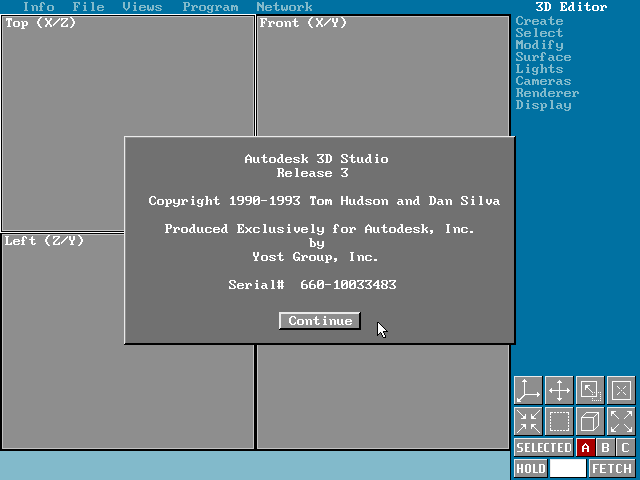
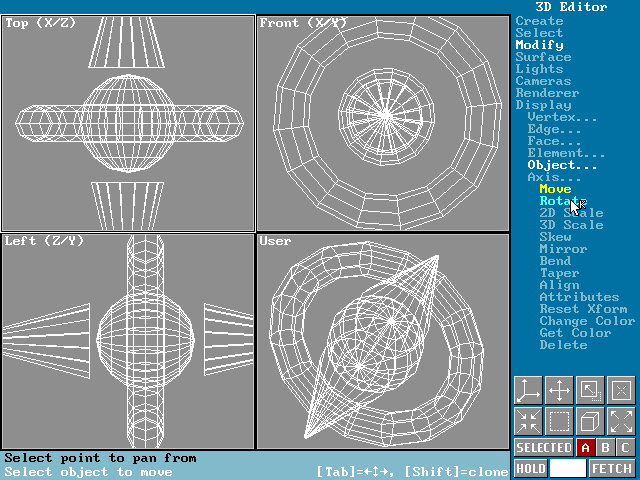
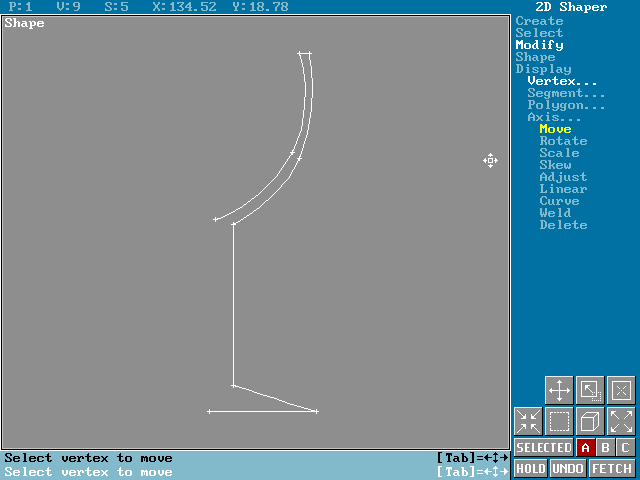
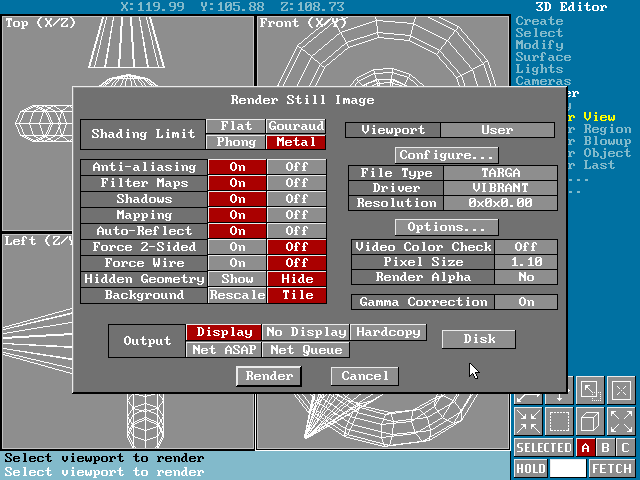

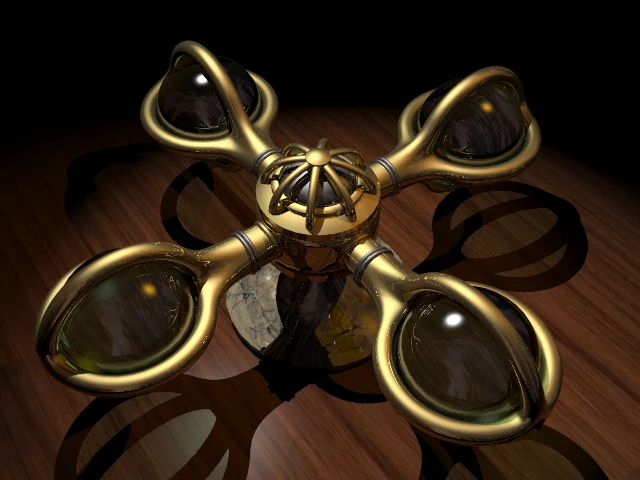
3D Studio R3 was among the first 3D programs I encountered on a PC, transitioning from using NeoN on the Falcon. While I continued using my Falcon for several years, most of my 3D projects were completed on my 486 DX2. Tom Hudson and Dan Silva developed 3D Studio, with Tom Hudson also creating numerous applications for the Atari ST, such as CAD3D and Cyber Studio. There were rumors that Hudson was developing a Falcon version of 3D Studio, but unfortunately, it never materialized.

VistaPro
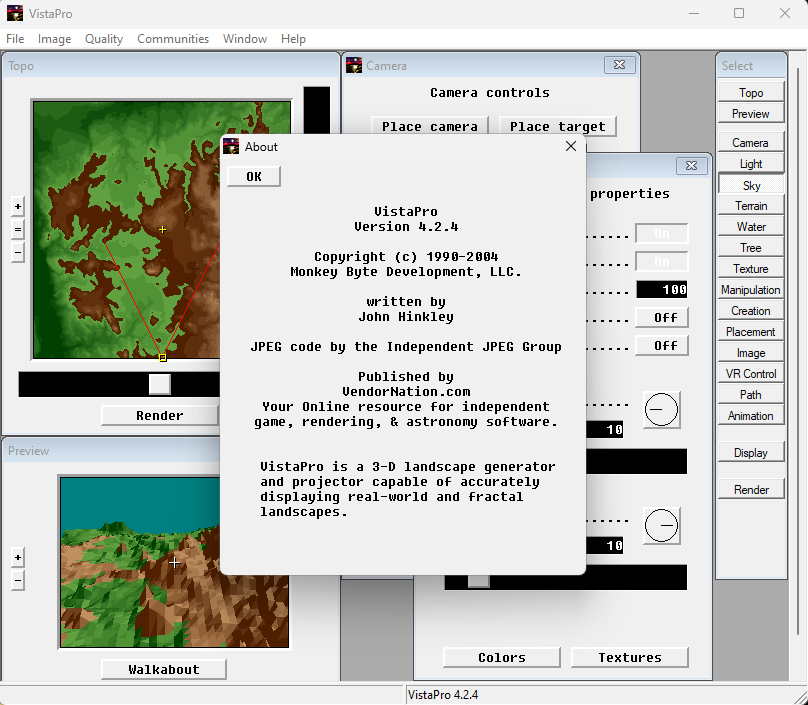


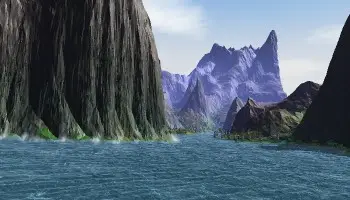
VistaPro, created by John Hinkley, was a remarkable program in its time. Initially developed for the Commodore Amiga as ”Vista”. Later it was released for DOS (PC) and by 1994, a Windows version was released, as shown here. VistaPro can load DEM (Digital Elevation Models) files and accurately render them while also creating fractal-based landscapes. We were not interested in the DEM support and accuracy, back in the day, we just wanted to create cool animations! We spent countless hours making animations and probably just as many waiting for the rendering process to complete.




